Jongjeom Tteokbokki (종점 떡볶이)
12.4Km 2020-04-09
217-1, Dasan-ro, Jung-gu, Seoul
+82-2-2234-3649
Jongjeom Tteokbokki opened in 1978 and has been a popular restaurant on Sindang-dong Tteokbokki Street since then. The restauant serves a special meal option of adding fried rice to tteokbokki.
Urijip Tteokbokki (우리집떡볶이)
12.4Km 2020-04-09
217-1, Dasan-ro, Jung-gu, Seoul
+82-2-2232-4531
Opened in 1979, Urijip Tteokbokki has operated for over 30 years in the same location. This restaurant has a spacious basement area which can accommodate up to 100 people. The restaurant is especially popular among Japanese tourists.
I Love Sindangdong Tteokbokki (아이러브신당동떡볶이)
12.4Km 2020-04-10
50, Toegye-ro 76-gil, Jung-gu, Seoul
+82-2-2232-7872
I Love Sindangdong Tteokbokki is a tteokbokki (spicy rice cakes) restaurant opened in 2001 when seven tteokbokki restaurants with over 25 years of history joined together. A DJ plays music and tells stories to the guests. The restaurant also features a stage with an acoustic guitar for live performances. Order and delivery service is available via the website.
Appe Seoul (아뻬서울)
12.4Km 2021-03-24
1, Changgyeonggung-ro, 35na-gil, Jongno-gu, Seoul
+82-10-7390-8742
You can eat honey cake that you cannot enjoy anywhere else. This cafe is located in Jongno-gu, Seoul. The representative menu is coffee.
Seongbuk-dong Jip(성북동집)
12.4Km 2020-12-24
4 Seongbuk-ro 24-gil Seongbuk-gu Seoul
+82-2-747-6234
This restaurant in Seongbuk-dong is famous for its Kalguksu (chopped noodle soup) and dumplings. This restaurant's signature menu is noodle soup. This Korean dishes restaurant is located in Seongbuk-gu, Seoul.
Seongbuk-dong Jip (성북동집)
12.4Km 2021-03-29
4, Seongbuk-ro 24-gil, Seongbuk-gu, Seoul
+82-2-747-6234
This restaurant in Seongbuk-dong is famous for its Kalguksu (chopped noodle soup) and dumplings. This restaurant's signature menu is noodle soup. This Korean dishes restaurant is located in Seongbuk-gu, Seoul.
Dongdaemun Bonga Gamasot Seolleongtang (동대문본가가마솥설렁탕)
12.4Km 2021-03-18
299-1, Jong-ro, Jongno-gu, Seoul
+82-2-741-1510
This is a Korean cuisine located in Dongdaemun Gate, Seoul. A restaurant selling Korean-style healthy broth-based dishes. The best menu at this restaurant is ox bone soup.
Mabongrim Wonjo Halmeonijip Tteokbokki (마복림원조할머니집떡볶이)
12.4Km 2021-03-29
5, Dasan-ro 35-gil, Jung-gu, Seoul
+82-2-2232-8930
Opened in 1953 by a woman known as Mabongnim, the restaurant takes pride in its 50-plus years of service. As Mabongnim gained popularity, other similar establishments opened nearby, and eventually, formed the now famous “Tteokbokki Street.” The elderly proprietor is well known, even starring in a red-pepper paste (gochujang) ad in the 1990's.
The secret of this restaurant’s tteokbokki lies in the fact that red pepper
paste is mixed with Chinese soybean paste for a sweet and spicy taste, but has now been adopted by other Sindang-dong restaurants. Nevertheless, there is something special about this restaurant’s fare. At present, Mabongnim’s daughters-in-law are running the restaurant.
Bugakjeong Isang Galbi (북악정(이상갈비))
12.4Km 2020-04-28
6, Pyeongchang 36-gil, Jongno-gu, Seoul
+82-2-394-2340
Bugakjeong Isang Galbi is an oasis located in the middle of the city. The restaurant has been known for its marinated galbi (served with a wide variety of side dishes) since the beginning of its impressive history of over 30 years. For the comfort of its diners, the grounds also include a free lounge.
Parque del Monte Naksan (낙산공원)
12.4Km 2020-07-21
Naksan-gil 41, Jongno-gu, Seúl.
El Parque del Monte Naksan recibe su nombre de su apariencia parecida a la joroba de un camello. En coreano, “nakta” significa camello y “san” significa montaña. De esta forma, la gente se refiere al parque como Parque Nakta o Parque Naksan. La montaña es una base de roca sólida de granito. La familia real de Joseon disfrutaba de la belleza natural de la montaña de granito, pero durante el período colonial japonés una actitud apresurada de planificación urbana dio como resultado la demolición de gran parte de la montaña. En un esfuerzo por salvar las zonas verdes restantes, el 10 de junio de 2002 el monte Naksan fue designado como parque. Situado en el centro de Seúl, este parque histórico y hermoso permite a sus visitantes contemplar la magnificencia de la ciudad.
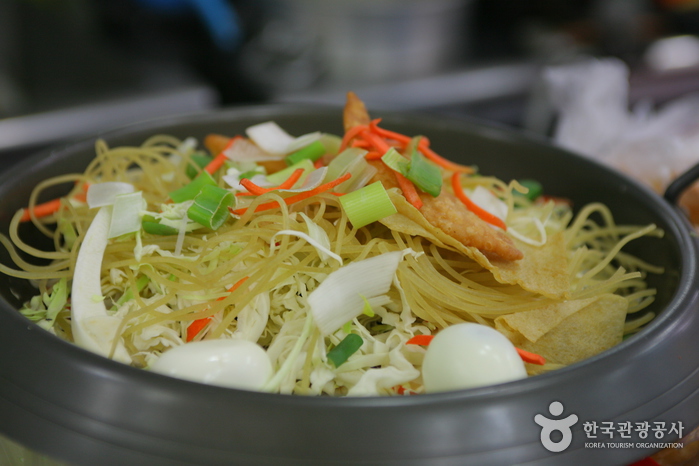


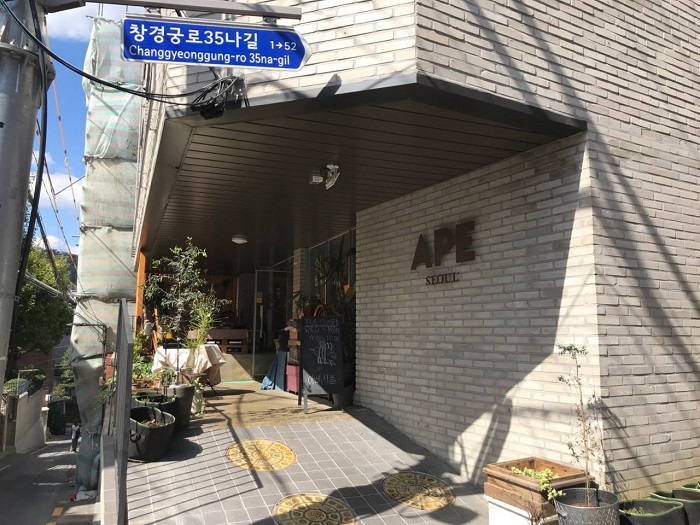
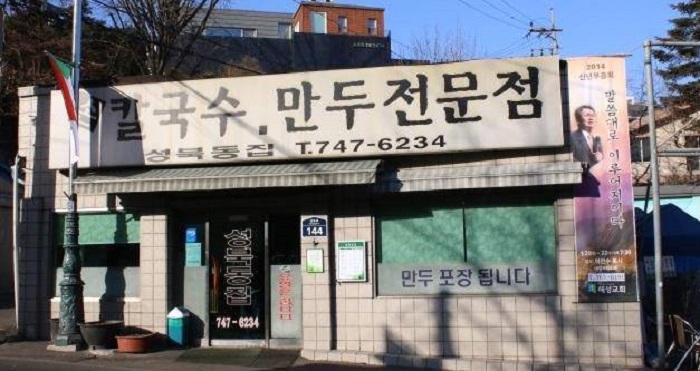
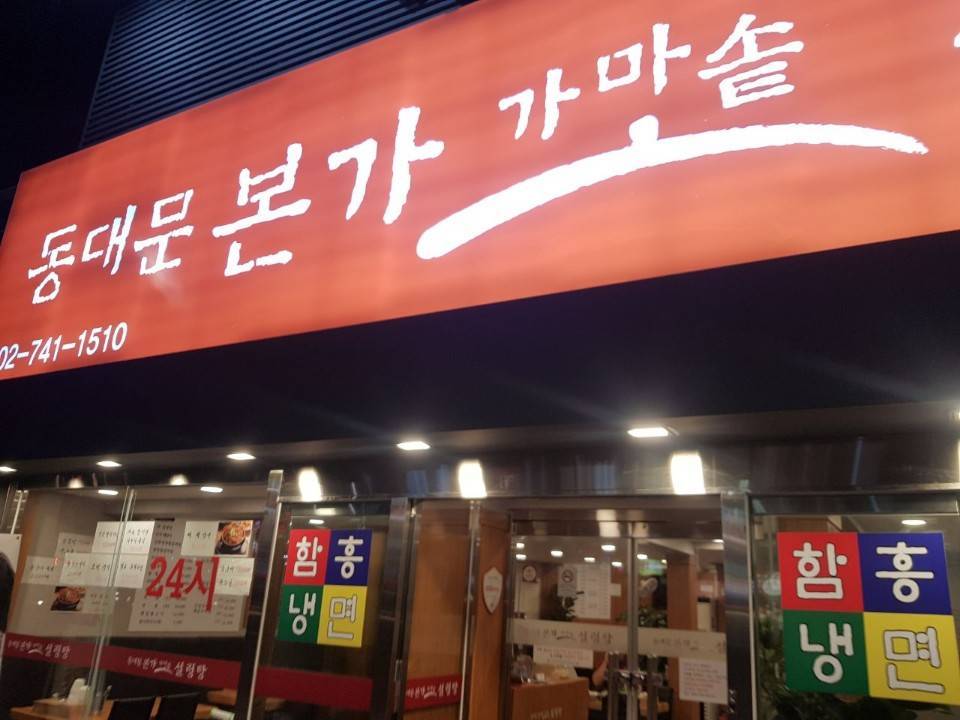

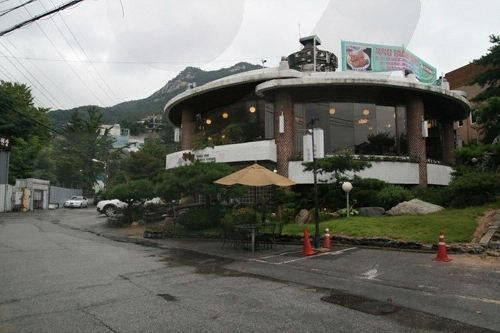
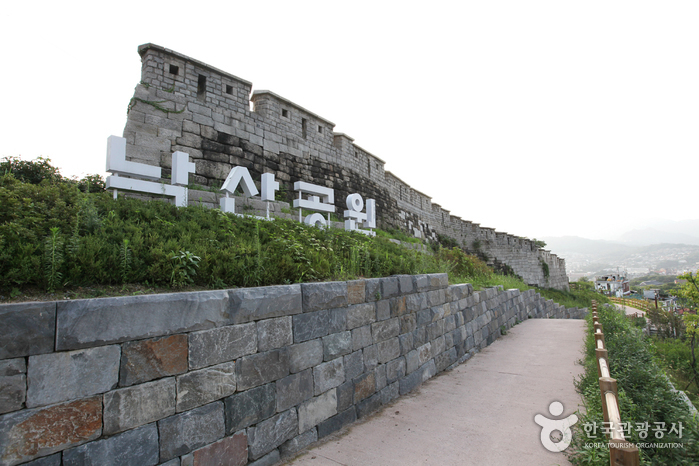
 Español
Español
 한국어
한국어 English
English 日本語
日本語 中文(简体)
中文(简体) Deutsch
Deutsch Français
Français Русский
Русский